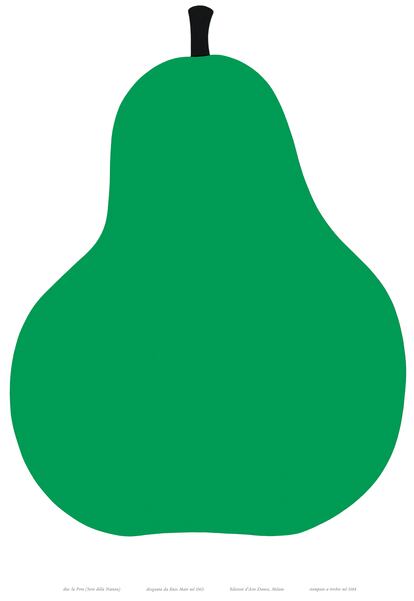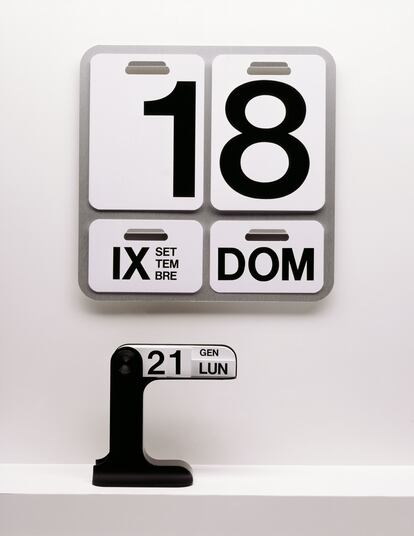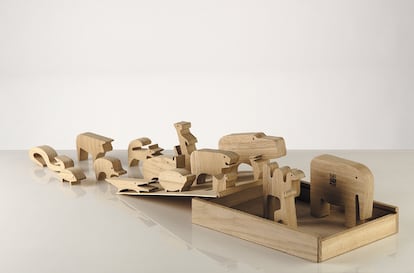Is design an art? Enzo Mari thought so. He was convinced that it was also a responsibility. Mari died of covid on October 19, 2020, a day before his second wife died. He was 88 years old. He had spent 60 years linking design and ethics. What did he get? He made the temporal become eternal. He did it, for example, with the perpetual calendar that he devised in 1966 and that toys became companions, that is, also eternal company (16 animals, 1957). But he achieved much more.
The curator Hans Ulrich Obrist, the Italian’s former right-hand woman, Francesca Giacomelli, and the designer himself tried to reflect their awareness of design in an exhibition that is now being recovered by the Design Museum. What did that consciousness consist of? Partly in working with two objectives: low cost and long duration. But also in listening to children over adults. Children as a measure of design, furniture removed from fashion and reduced to its essence, the transformation that allows it to last, ethics in manufacturing, these were the obsessions of Mari, the grandson of a shoemaker born in Apulia who bequeathed him the name and the skill in the craftsmanship.
Mari, on the other hand, was born in Cerano, in the province of Novara, and did not study design, but rather Fine Arts at the Academy hidden in the basement of the Brera Pinacoteca. It was there, in Milan, where he began to relate psychology with design, perception with narration and thus the substantial aspects of his work became more theoretical than physical. It was the 1950s when a businessman, Bruno Danese, believed in him. In 1957, he began playing design. The 16 wooden animals, obtained – as if it were a puzzle – from a single piece of oak, became both his first project and a legacy. Sustainable and educational, it is a timeless toy. Does not waste material. It takes up little space. Allows play, change, imagination. It was around that time that Mari began to think about children. His children’s books, The egg and the hen o The apple and the butterfly, appeared to entertain, educate and distract their children Michelle and Agostina. They turned him into a graphic artist. He published them the Bompiani publishing house. And he wrote them in four hands, together with his first wife, Lela Mari.

With that background he began his career as a teacher at the Scuola Umanitaria of Milan. He would not stop teaching until his retirement. In reality, he also educated with what he designed.

However, when he launched his essay Proposal for self-planning was criticized for going do-it-yourself. The year was 1974. He was about to launch his Sof Sof chair – which is little more than two cushions with legs. Radically modern, this armchair is the perfect fruit of an egalitarian ideology: its manufacturing requires a poorly developed industry; However, and paradoxically, today it sells for more than 1,000 euros. Something similar happened with the chair. self-production, in which, in addition, the user himself was free to freely assemble the seat. How much freedom does the industry allow? What standard exists above quality and appropriate price? Neither blow prices nor make them unattainable. Sustainable furniture lasts because it is useful. That usefulness makes it part of our lives, Mari explained. As another eternal designer, Miguel Milá, would say, the best design accompanies and does not bother. The price should do the same: be fair and not dissuade. Do not disturb, encourage, teach and make possible.
The exhibition at the Design Museum in London can be visited until September 8.

